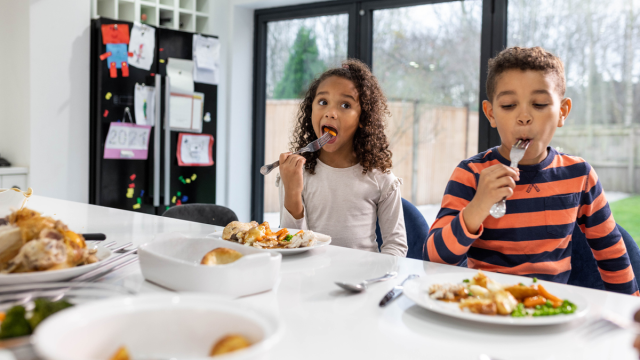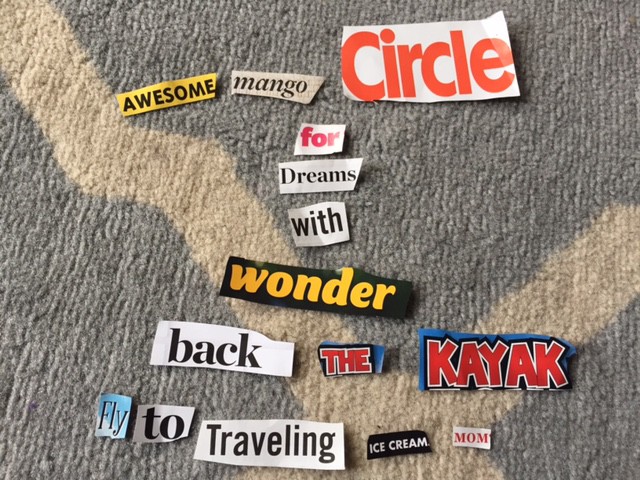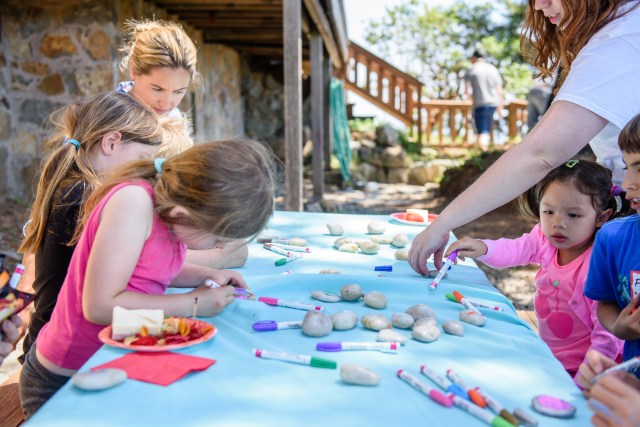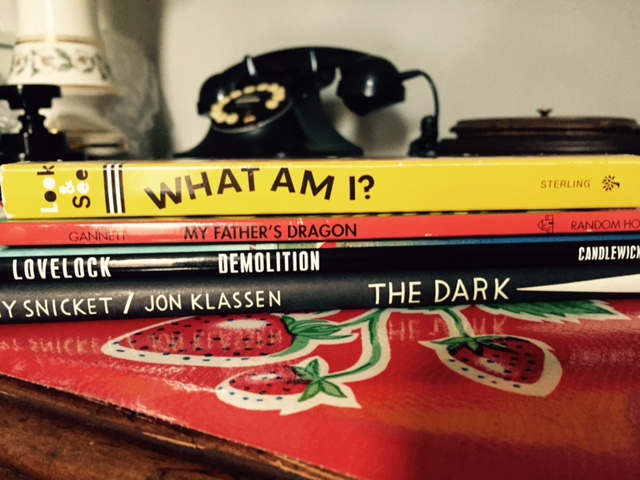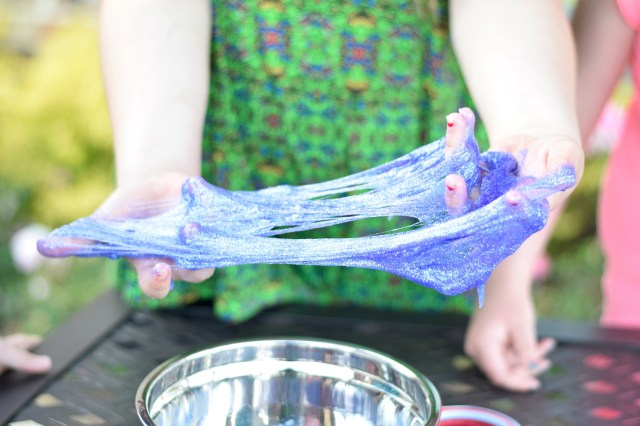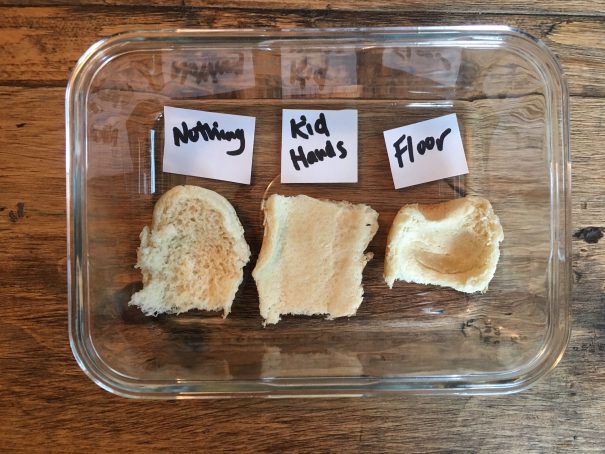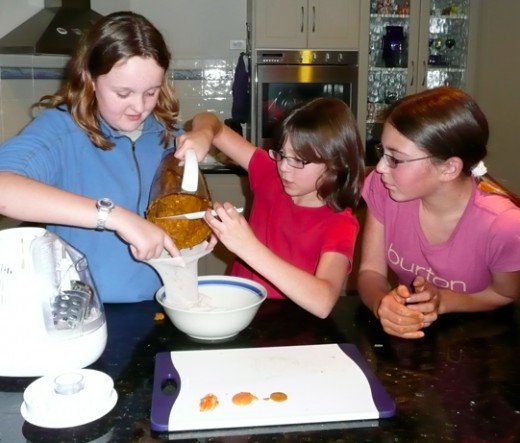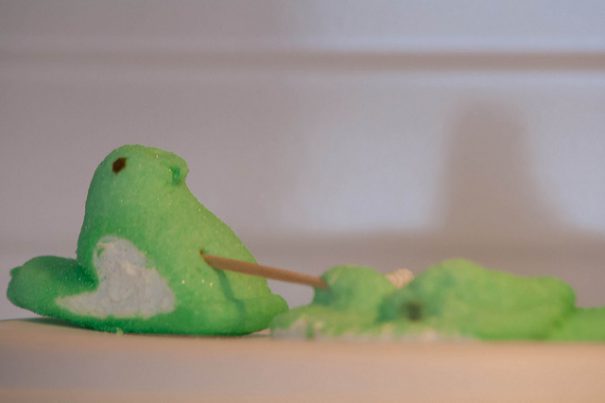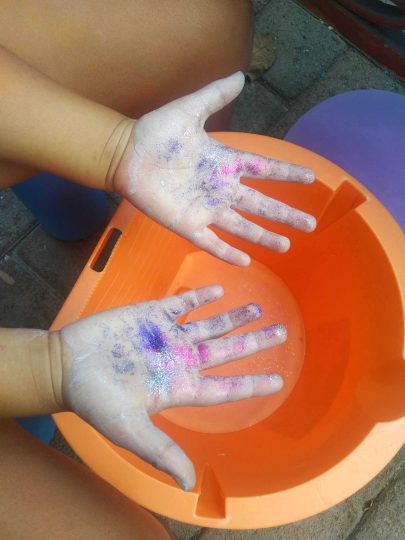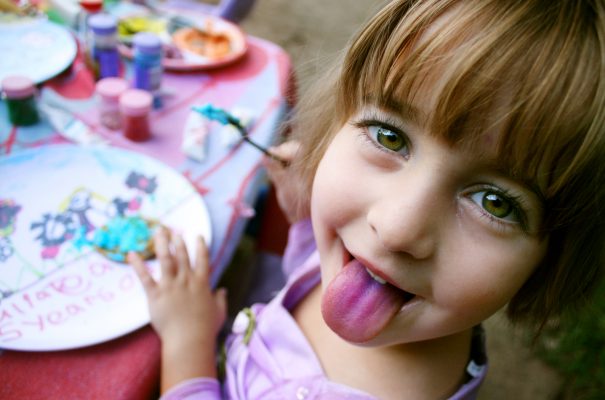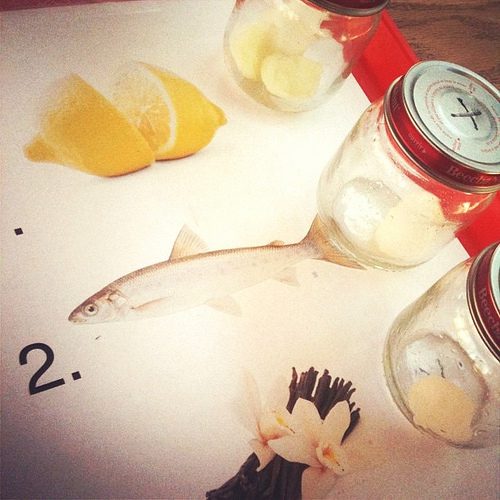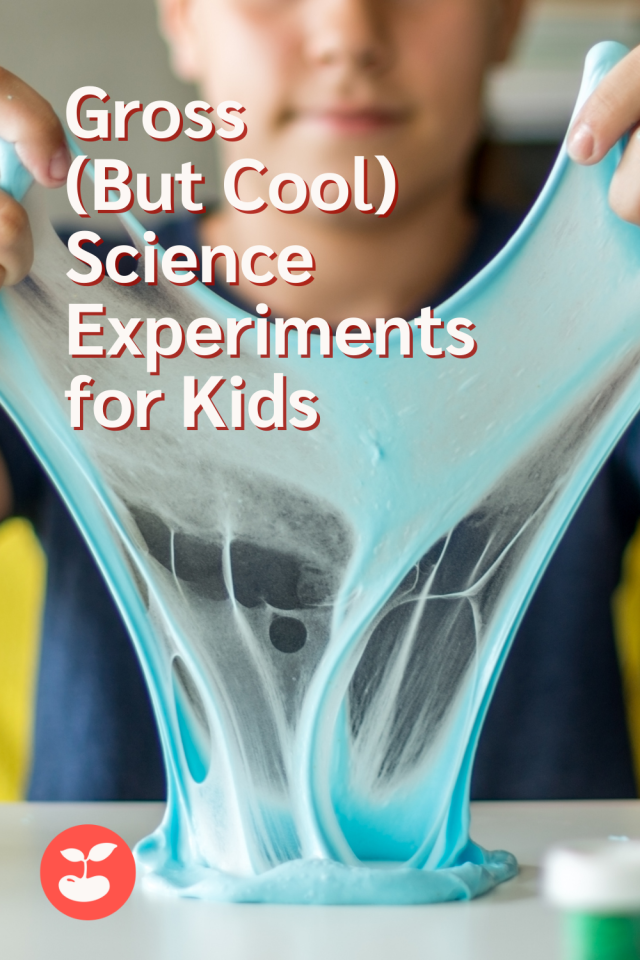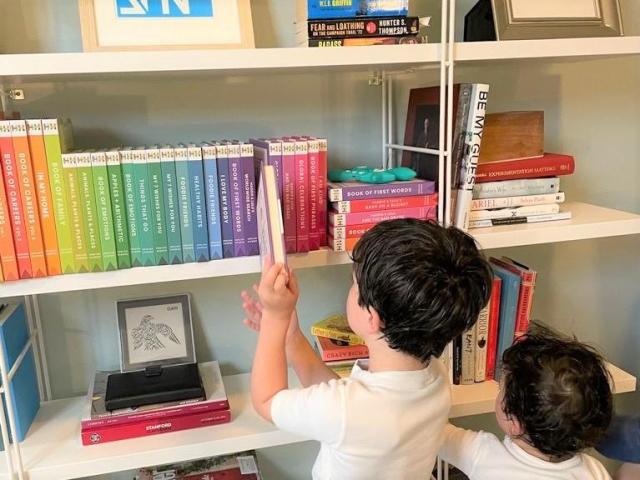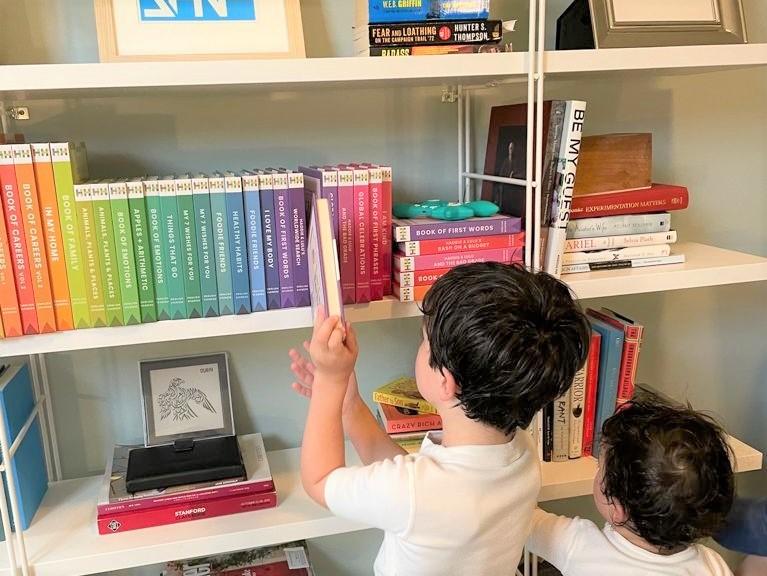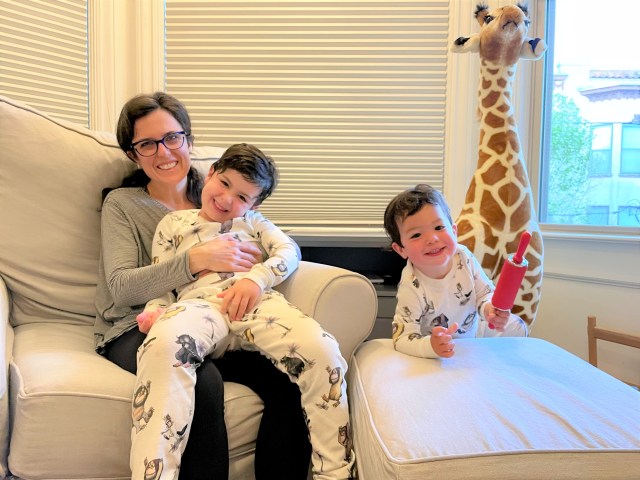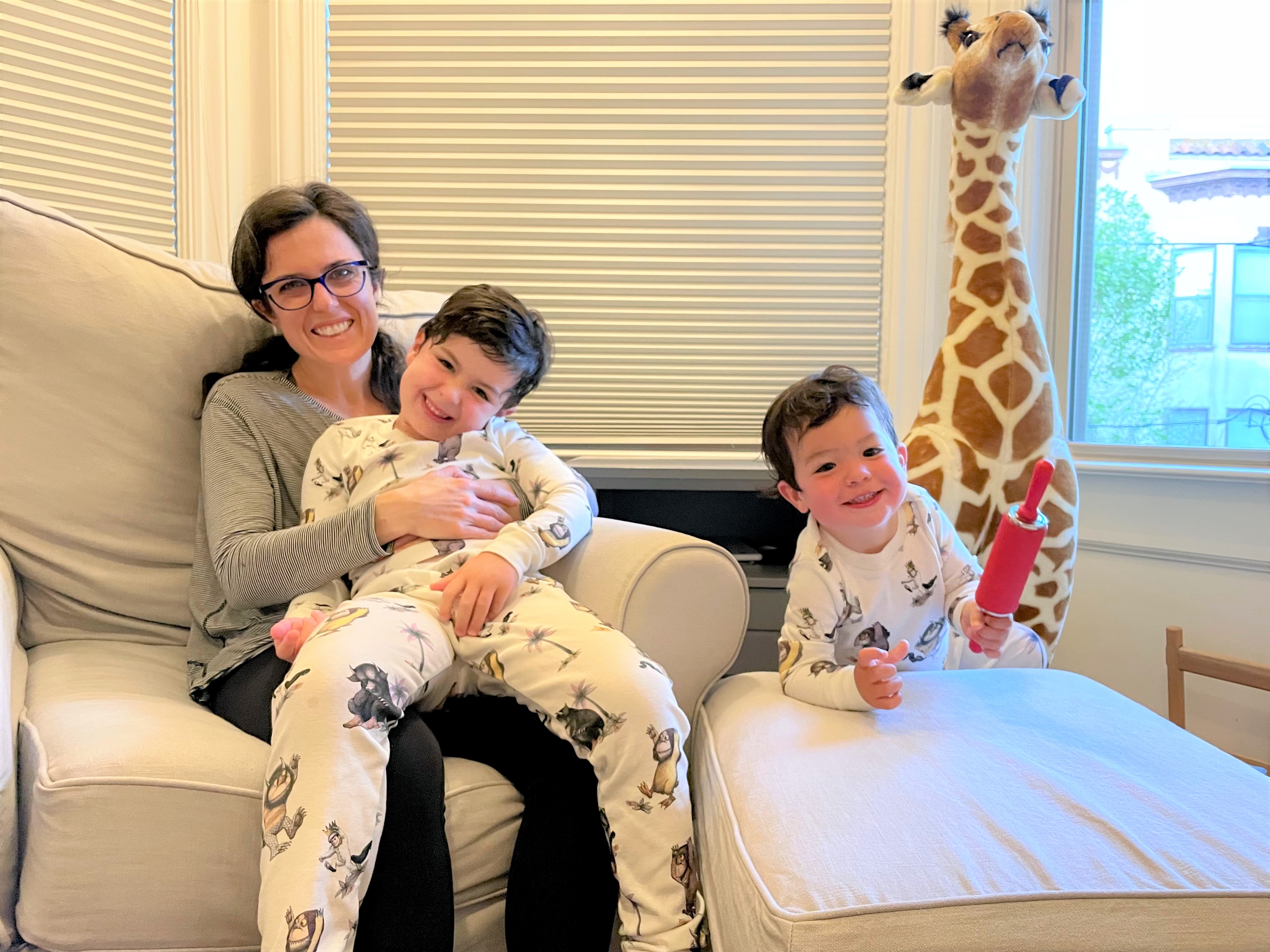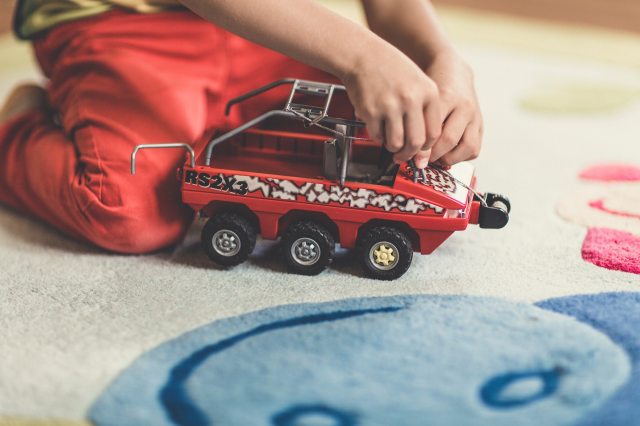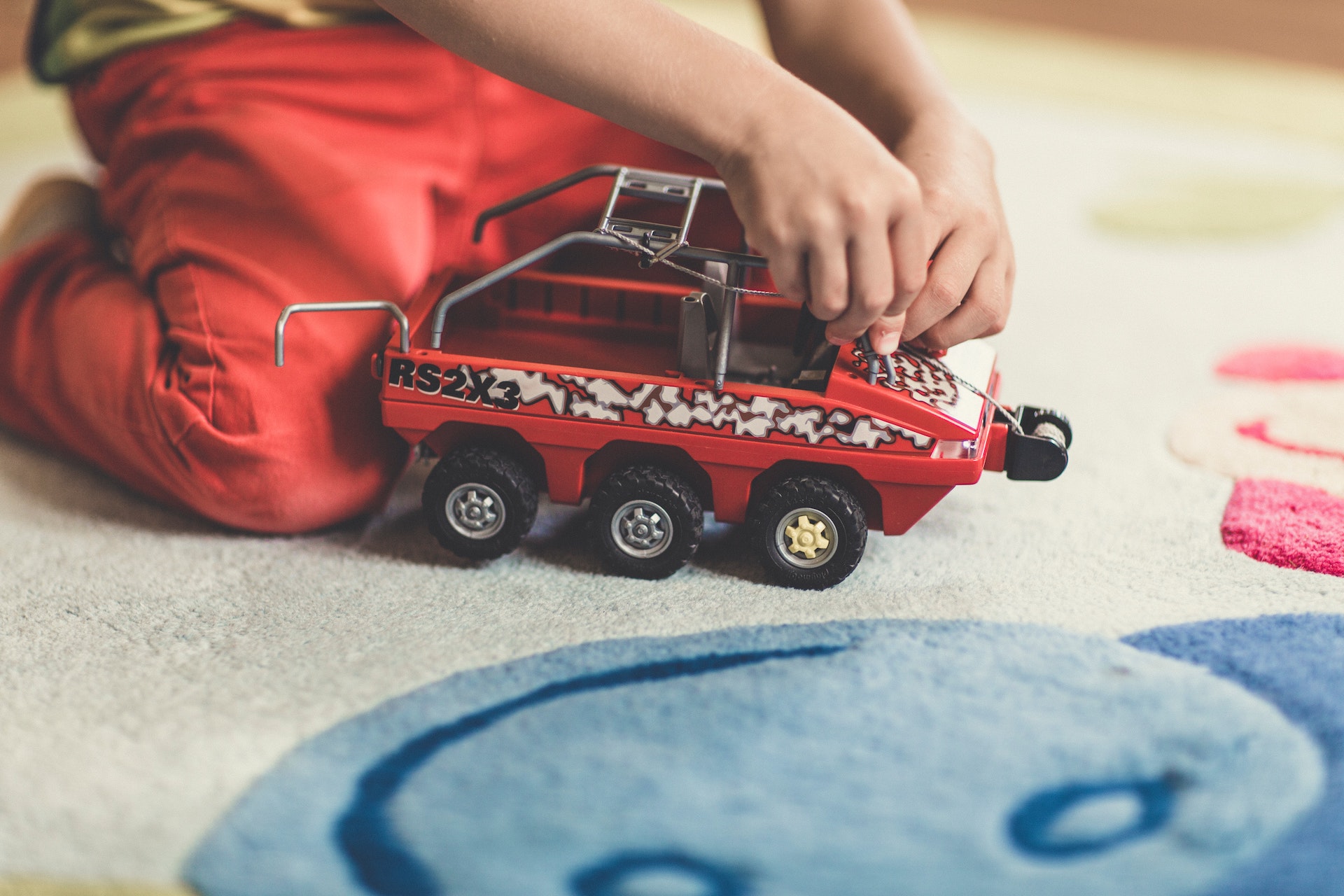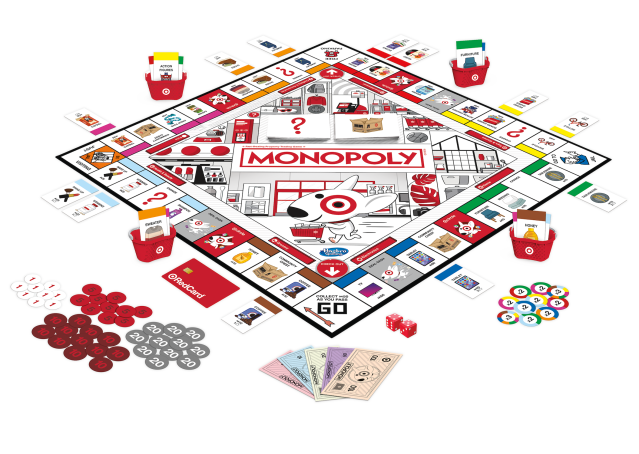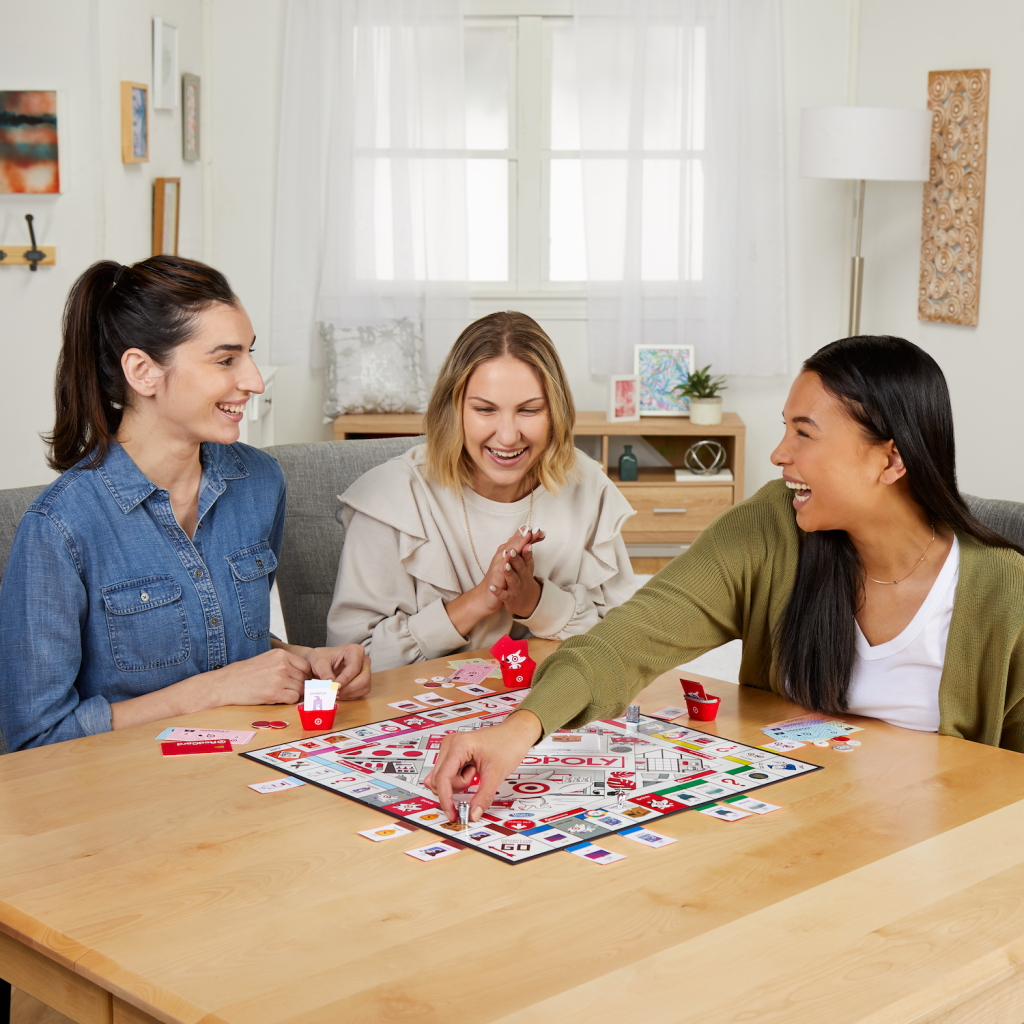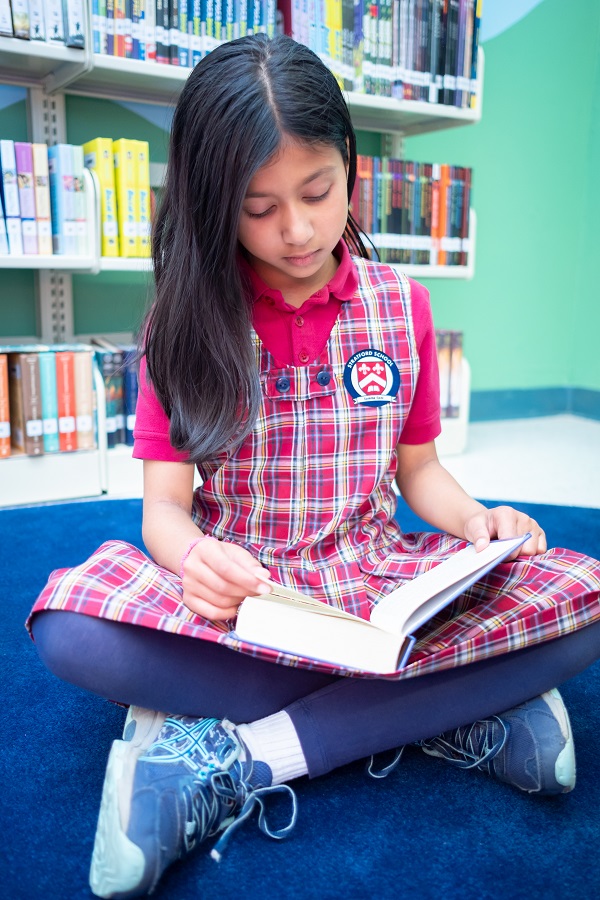
Saying “you don’t have to eat it” actually works in your favor
Have a picky eater in the house? You know, the kid who only eats food in three shades of white or the kid who physically gags at the sight of anything new on their plate? There is hope—and no, it doesn’t consist of waiting for them to go to college and outgrow their food aversions. We asked doctors, nutritionists, and the like for tips on how to get kids to eat healthy(ier). See not only how you can use their techniques to get your kids to eat something other than boxed mac ‘n cheese, but which positive words will help you get there.
This article is sponsored by Sun-Maid, one of the most iconic, timeless and trusted snacks in America. With delicious yet versatile products, busy parents can make wholesome recipes that are ready to eat anytime, anywhere. Learn more about Sun-Maid here!
Things You Can Do to Get Kids to Eat Healthily
Play Grocery Store Games

Bonnie Taub-Dix, RDN, and author of Read It Before You Eat It—Taking You from Label to Table sees the supermarket as a giant classroom. "For example, grocery store 'field trips' allowed me to show and tell my kids that all foods can fit into a healthy diet as long as you know how to balance your plate. For older kids, ask them to compare the labels of certain products to show them how vastly different even similar-looking foods are from a nutritional standpoint."
If your kids are too young to read labels or you are just beginning your healthy-eating journey, Taub-Dix recommends playing games in the grocery store. "Play 'I Spy' in the produce aisle by asking them to pick out colorful foods that are red, green, or yellow, for example. Or have them find foods that are circular, oval, or some other shape. Spotting red foods or round foods, for example, may help kids see the food as something that's fun instead of something they'd prefer to avoid. This game can be expanded on when you go home—just unpack and use the similarly shaped or colored purchases to create simple recipes your kids can help prepare."
Make Meals Fun
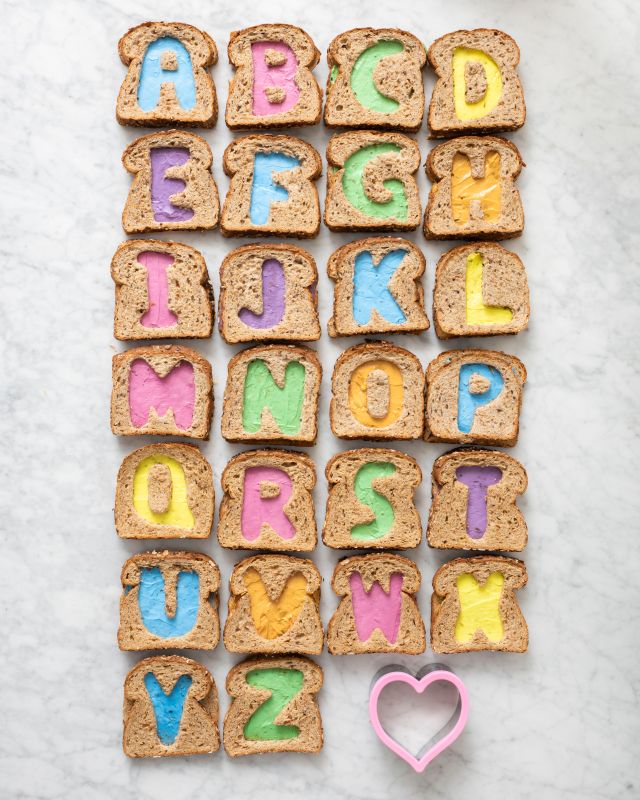
Catherine McCord, founder of Weelicious and One Potato—an organic meal-delivery kit made with families in mind—knows a thing or two about how to get kids to eat healthy foods. Her secret weapon? Making meals approachable yet fun like these monogrammed sandwiches.
Always on the lookout for the next idea to help parents in the daily meal struggle, McCord also launched the Smoothie Project Cookbook, inspired by her son when she was looking for a way to boost his nutrition. And truth be told, what kid can resist a smoothie? The best part is when McCord dropped this expert tip: "Adding frozen cauliflower makes smoothies creamy, and you don’t taste it." Your kid gets a great-tasting smoothie, and you get to sneak in some vegetables—all without your picky eater being the wiser.
Make It Sweet

There's nothing wrong with appealing to a toddler's taste says Taub-Dix. "Think outside the pan and add something sweet to complement the taste of certain veggies. For example, saute dried cranberries, chopped dried apricots, or raisins along with broccoli rabe to cut its bitter taste. Or drizzle some honey on Brussels sprouts before roasting them. Adding a touch of sweetness for young palates can make vegetables way more desirable. I'm not suggesting that you spoon on sugar or add sweet ingredients in large quantities, but my whole family enjoys these additions to vegetable dishes and yours may too."
Stop the Custom Meals
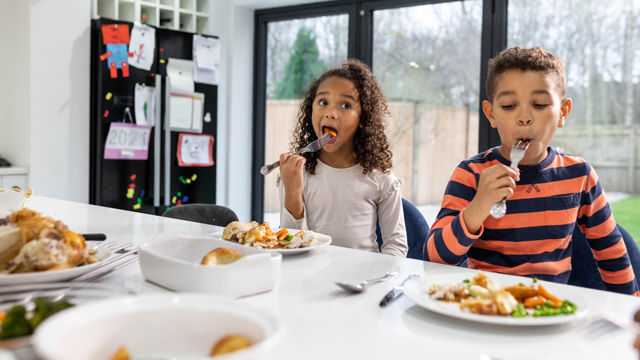
Kai Nunziato-Cruz, a 14-year-old nutrition expert and author of Digest This Now for Kids!, (son of Dr. Liz Cruz, a Board Certified Gastroenterologist, and Tina Nunziato, a Certified Holistic Nutritionist) recommends parents stop making kids separate meals. "If the parents are eating a healthy meal, the kids need to eat the same meal. Don’t give the kids whatever they want. They will always choose chicken fingers and mac 'n' cheese over salmon and broccoli. If you don’t give them the option they might not eat dinner a few times but they will start to eat the healthier foods eventually."
Cut the Junk
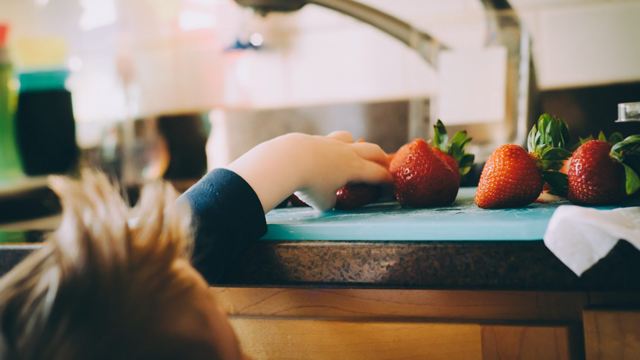
And if you really are committed to eating healthier (the whole family included) then it's time to cut the junk says Nunziato-Cruz who suggests parents stop buying junk food and having it around the house. "Only buy fresh fruits and vegetables for kids to snack on. They will snack on whatever is nearby. But if junk food is there too, they will always choose that instead. Don’t make it available."
Related: How to Get Picky Eaters to Eat, According to a Food Blogger
Things You Can Say to Kids about Food
"You don't have to eat it."
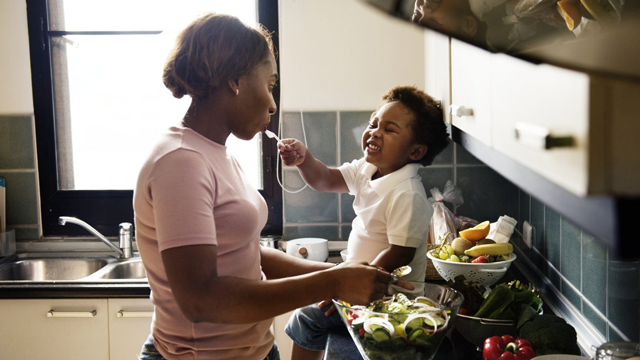
Registered dietitian nutritionist and founder of Kids Eat in Color, Jennifer Anderson, empowers her clients by saying, "You don't have to eat it." She says, "Instead of forcing kids to eat vegetables, I recommend telling kids, 'You don't have to eat it.' It's easy to think that forcing kids to eat food will get them to like it. What often happens instead, is that they end up disliking the food they were forced to eat. This doesn't mean 'anything goes' at dinnertime, however. It means that parents serve a balanced meal, including at least one food they know their child likes, and the child decides what to eat from what is available."
In addition to her website, Anderson's Instagram page is full of advice on getting kids to choose healthy foods, including how to incorporate dessert into meals in a healthy way and create balance.
"Let's eat together."
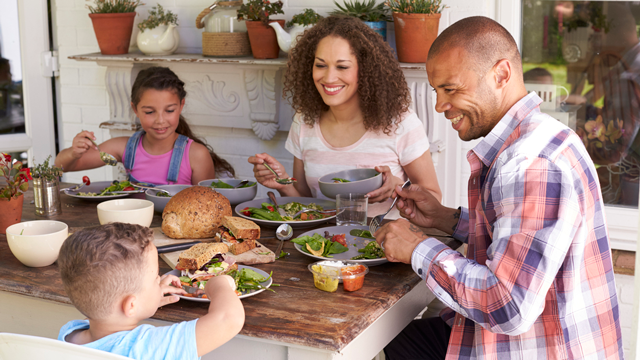
"Family meals are very successful at improving kids' eating habits," says LeeAnn Smith Weintraub, MPH, RD, and founder of HalfaCup.com, where she offers nutritional advice and counseling. "Family meals provide the opportunity for adults to model healthy eating habits and good table manners to children. Family meals are associated with better nutrition including greater consumption of fruit and vegetables as well as other academic and mental health benefits."
Of course, family meals don't have to mean just dinner. Between work and after-school activities, there isn't a lot of time left during the week for a good old-fashioned family meal at night. If that's the case, try committing to a family meal at breakfast and model the same good, healthy choices in the morning as you would at night.
"Check your belly."
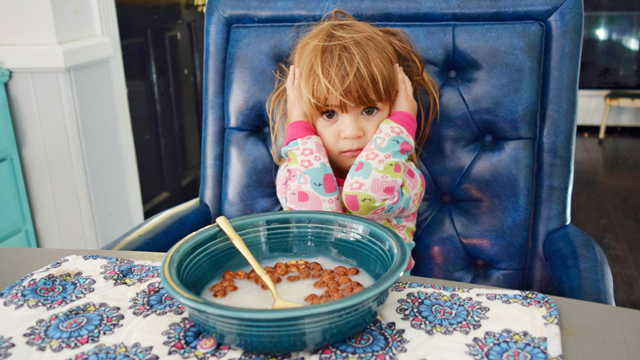
We've all been there—a little voice from behind tells you they are hungry a few minutes after all the food has been put away. "Parents often struggle with getting young children to eat well at mealtime," says Weintraub. "It's challenging for some kids to sit through meals and eat what's offered to them. Then once the kitchen is cleaned up and food is put away, kids tell their parents they are hungry. Of course, this can be super frustrating for parents and caregivers."
Weintraub says parents can encourage children to eat healthy foods at meals by asking them to check their bellies before they're excused from the table. Asking how much space is left in their stomachs for food will help them learn to assess their own fullness and hunger. She says, "It's best to avoid telling kids to 'eat more' or 'finish what's on their plate,' which teaches kids to eat based on external, not internal, cues."
"It's okay to play with your food."
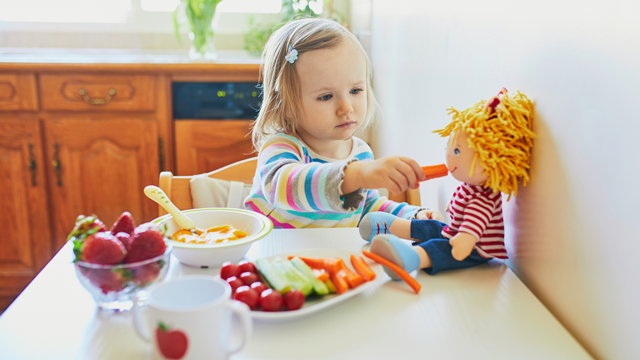
Anderson, from Kids Eat in Color, loves to encourage small children to play with their food. "Small children often go through a phase of neophobia, the fear of new things. They become afraid of new foods too, and picky eating is often the result. Food that was out of season over the winter is suddenly 'new' to them! One way that we can help kids learn that foods are okay is by having them play with the food. Take the example of summer squash. Sauteed squash rounds may have been okay last summer, but this summer a toddler may be scared of it. You can ask them at dinner, 'Can you stack your squash?' Many toddlers are happy to try to stack their food. They may not eat it right away, but this is the first step to learning it is safe so that they can try it in the future."
"What food can we grow?"
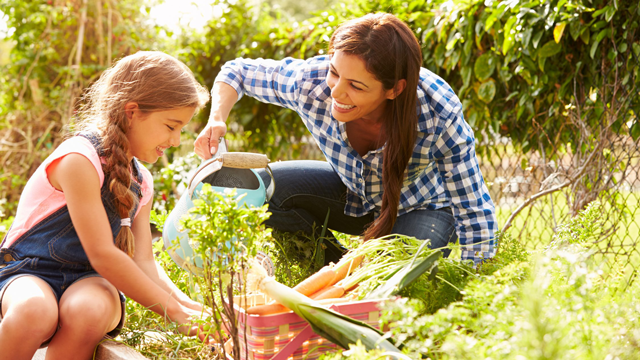
"Getting kids involved in gardening can help increase veggie consumption. If you don't have room for a full-on vegetable garden, even encouraging your child to water herbs growing in pots on a windowsill can help your plants and child flourish while teaching a lesson about responsibility. Also, a salad or any other dish may look a lot more attractive to your child if it includes the fresh basil or parsley that they helped to nurture," says Taub-Dix.
For those without a green thumb—here are 12 easy gardening projects to get you started on your healthy-eating journey.
